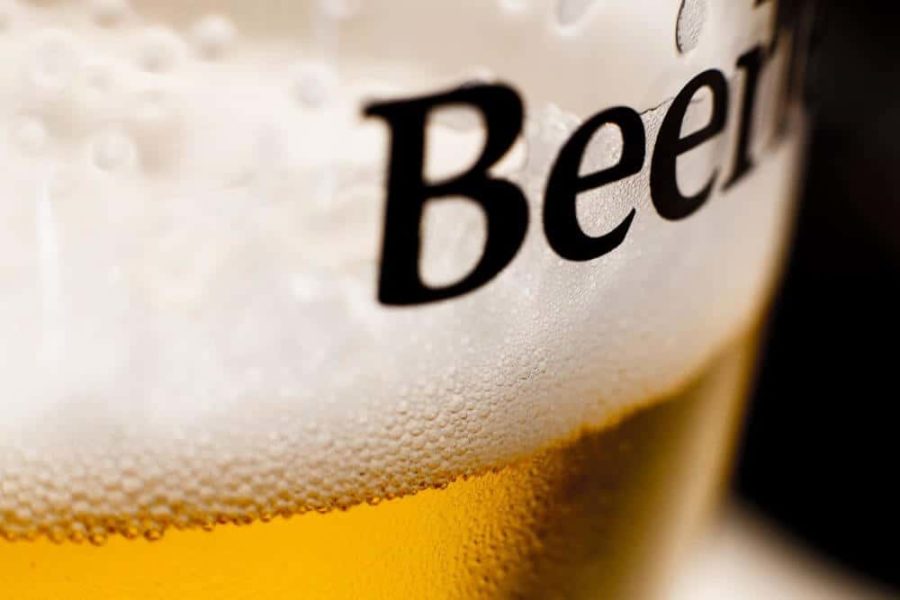The National Institute on Alcohol Abuse and Alcoholism, part of the National Institutes of Health, is once again challenging the biotech community to design a wearable device capable of measuring blood alcohol in near real-time. The ideal device would be capable of measuring alcohol concentration in the blood or interstitial fluid that surrounds the body’s cells, which differs from existing technology that detects alcohol released through the skin in sweat or vapor. The creators of the winning prototype will be awarded $200,000 and second place will receive $100,000 through Challenge.gov, which lists federal incentive prizes and competitions.
“I expect tangible breakthroughs in real-time alcohol-sensing technology through this competition,” said NIAAA Director George F. Koob, Ph.D. “Creative solutions could include the adaptation and miniaturization of technologies such as spectroscopy or wave technology or other designs. I think we can build on the success of our first challenge, which made important strides in improving transdermal alcohol sensing.”
Many alcohol studies rely on self-report to measure drinking, which can be unreliable. The wearable alcohol biosensor competition was conceived primarily to aid researchers in collecting more accurate data. This could help in the understanding and treatment of alcohol use disorder, as well as conditions affected by alcohol use, such as liver disease and HIV/AIDS. In addition to its potential for researchers, alcohol biosensors could also be a tool for consumers who wish to track their own personal drinking patterns. While initiating this second challenge, NIAAA hopes to continue to collaborate with the winners of the first competition to develop a viable prototype to use in NIAAA studies.
“We have learned that there is real interest in the private sector around wearable alcohol biosensors, and that innovation using distinct means of alcohol detection are on the horizon,” said Kathy Jung, Ph.D., director of NIAAA’s Division of Metabolism and Health Effects, and co-leader of the competition.
“We want to continue to harness the power of the private sector because if alcohol biosensors become a part of the ‘wearable toolbox,’ then tangible new opportunities will become available that will profoundly affect the field of alcohol research.”
Competition submissions (a working prototype, data proving functionality/reliability, and photos/videos) will be accepted until May 15, 2017. Judging is expected to take place May 16, 2017 – July 26, 2017, with winners announced on or after August 1, 2017. More details about the competition here: http://niaaa.nih.gov/research/challenge-prize
In May 2016, NIAAA announced that BACTrack (link is external) had won the first Wearable Alcohol Biosensor Challenge with its Skyn prototype. The wrist-worn device detects BAC using a fuel cell technology similar to that in devices used by law enforcement for roadside alcohol testing. MILO, Inc. (link is external), won second prize with its design using disposable cartridges to continuously track BAC.
Competition contacts are M. Katherine Jung, Ph.D., acting director, NIAAA Division of Metabolism and Health Effects; and F.L. Dammann, special assistant to the executive officer, NIAAA: [email protected] (link sends e-mail).
If our reporting has informed or inspired you, please consider making a donation. Every contribution, no matter the size, empowers us to continue delivering accurate, engaging, and trustworthy science and medical news. Independent journalism requires time, effort, and resources—your support ensures we can keep uncovering the stories that matter most to you.
Join us in making knowledge accessible and impactful. Thank you for standing with us!

